
AlphaLISA Human PCSK9 Detection Kit, 5,000 Assay Points
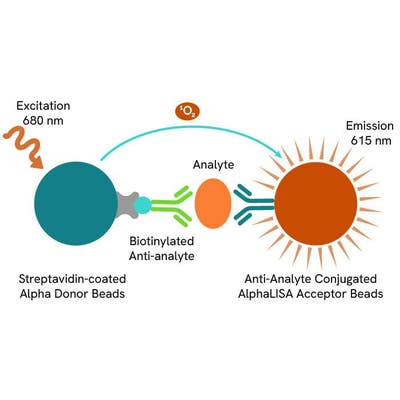

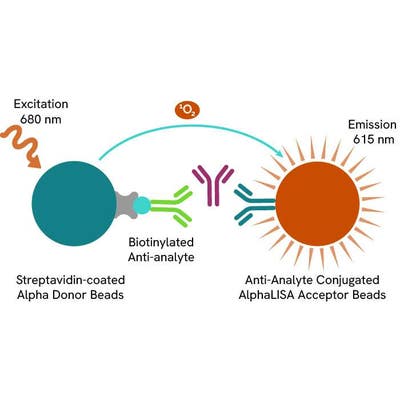 View All
View All
AlphaLISA Human PCSK9 Detection Kit, 5,000 Assay Points
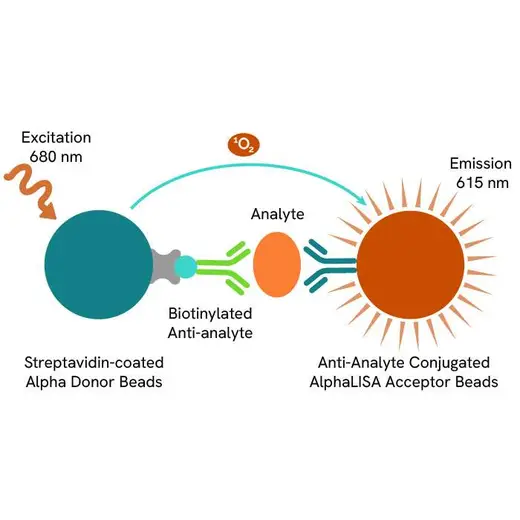

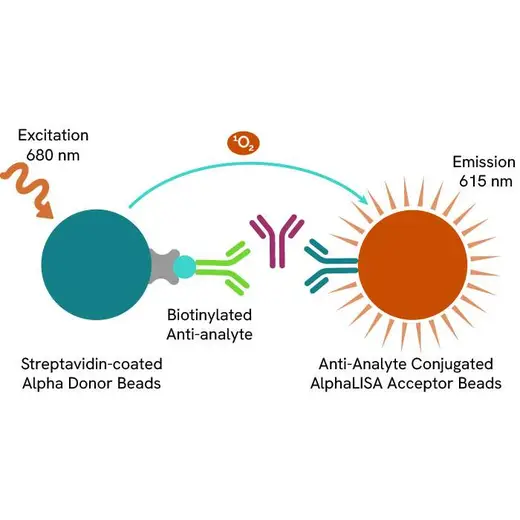




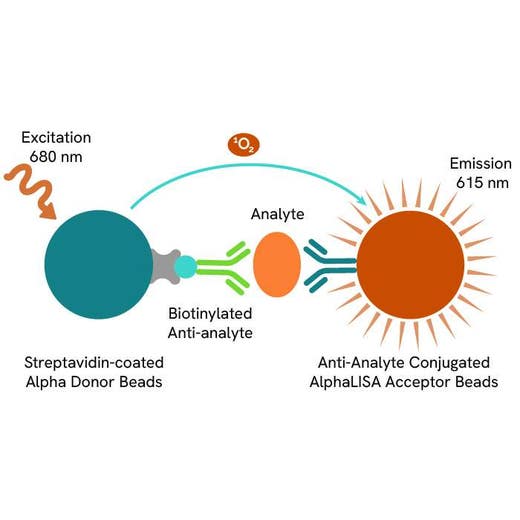

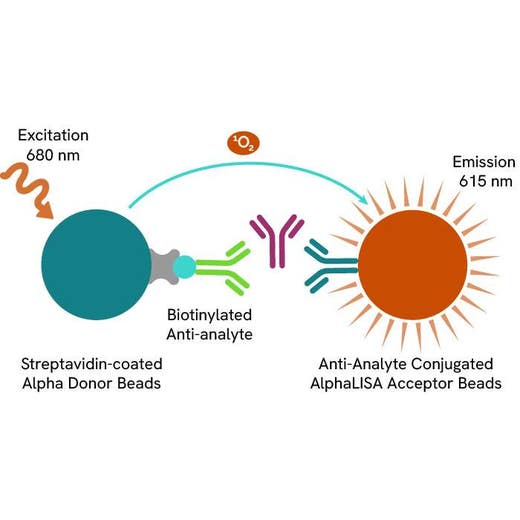




The AlphaLISA™ Human Proprotein Convertase Subtilisin / Kexin Type 9 (PCSK9) Detection Kit is designed for detection and quantitation of human PCSK9 in serum, buffered solution or cell culture medium in a homogeneous (no-wash steps, no separation steps) assay. One antibody targets the pro-domain of PCSK9.
| Feature | Specification |
|---|---|
| Application | Protein Quantification |
| Dynamic Range | 1,056 - 300,000 pg/mL |
| Limit of Detection | 1,056 pg/mL |
| Sample Volume | 5 µL |
The AlphaLISA™ Human Proprotein Convertase Subtilisin / Kexin Type 9 (PCSK9) Detection Kit is designed for detection and quantitation of human PCSK9 in serum, buffered solution or cell culture medium in a homogeneous (no-wash steps, no separation steps) assay. One antibody targets the pro-domain of PCSK9.







AlphaLISA Human PCSK9 Detection Kit, 5,000 Assay Points







AlphaLISA Human PCSK9 Detection Kit, 5,000 Assay Points







Product information
Overview
Formats:
- Our 500 assay point kit allows you to run 500 wells in 96-well or 384-well format, using a 50 µL reaction volume (5 µL of sample).
- Our 5,000 assay point kit allows you to run 5,000 wells in 96-well or 384-well format, using a 50 µL reaction volume (5 µL of sample).
Features:
- No-wash steps, no separation steps
- ELISA alternative technology
- Sensitive detection
- Broad sample compatibility
- Small sample volume
- Results in less than 3 hours
- Half the time of an ELISA assay
Human Proprotein Convertase Subtilisin / Kexin Type 9 (PCSK9) belongs to the proteinase K subfamily of the secretory subtilase family. This glycoprotein contains 692 amino acids, including a signal peptide, a prodomain, and a catalytic domain. Initially synthesized as a soluble 74 kDa precursor protein, it is cleaved into 14 kDa and 60 kDa domains, which remain associated. This protein plays a major regulatory role in cholesterol homeostasis and is highly expressed in the kidney, liver, and intestine. PCSK9 binds to the low-density lipoprotein receptor (LDLR), inducing LDLR degradation. Reduced LDLR levels result in decreased metabolism of low-density lipoprotein, which could lead to hypercholesterolemia. Inhibition of PCSK9 function is currently being explored as a means of lowering cholesterol levels. Mutations in this gene have been associated with a rare form of autosomal dominant familial hypercholesterolemia.
AlphaLISA technology allows the detection of molecules of interest in a no-wash, highly sensitive, quantitative assay. In an AlphaLISA assay, a biotinylated anti-analyte antibody binds to the Streptavidin-coated Donor beads while another anti-analyte antibody is conjugated to AlphaLISA Acceptor beads. In the presence of the analyte, the beads come into close proximity. The excitation of the Donor beads causes the release of singlet oxygen molecules that triggers a cascade of energy transfer in the Acceptor beads, resulting in a sharp peak of light emission at 615 nm.
Specifications
| Application |
Protein Quantification
|
|---|---|
| Automation Compatible |
Yes
|
| Brand |
AlphaLISA
|
| Detection Modality |
Alpha
|
| Dynamic Range |
1,056 - 300,000 pg/mL
|
| Limit of Detection |
1,056 pg/mL
|
| Product Group |
Kit
|
| Sample Volume |
5 µL
|
| Shipping Conditions |
Shipped in Blue Ice
|
| Target |
PCSK9
|
| Target Class |
Biomarkers
|
| Target Species |
Human
|
| Technology |
Alpha
|
| Therapeutic Area |
Cardiovascular
|
| Unit Size |
5,000 Assay Points
|
Image gallery






AlphaLISA Human PCSK9 Detection Kit, 5,000 Assay Points






AlphaLISA Human PCSK9 Detection Kit, 5,000 Assay Points






Video gallery

AlphaLISA Human PCSK9 Detection Kit, 5,000 Assay Points

AlphaLISA Human PCSK9 Detection Kit, 5,000 Assay Points

Resources
Are you looking for resources, click on the resource type to explore further.


How can we help you?
We are here to answer your questions.






























